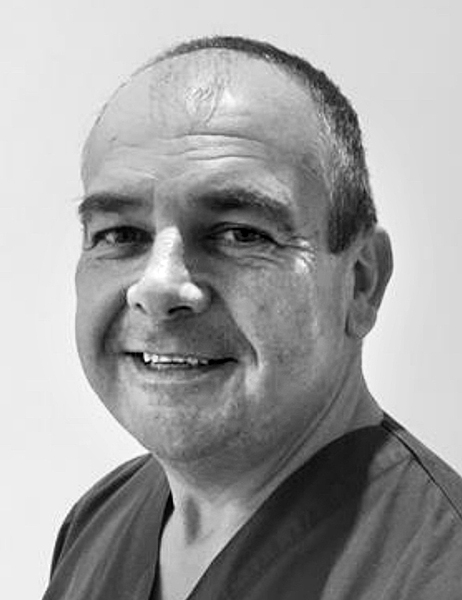
During my presentation I will present the protocols we use, both clinical and technical, in our daily work to deliver the standard of restorations our patients expect from Daresbury Dental Academy and Daresbury Dental Laboratory - from impression techniques for fixed and removable cases to laboratory techniques, and why we do what we do and how we do it. As a CDT I trained with Dr Jiro Abe in Tokyo where I qualified as an instructor in the mandibular suction impression technique. I will show how we incorporate this technique when constructing our mandibular over dentures.
Having the laboratory facility in house has many advantages for our patients and our technicians. The patients are taken on a laboratory tour where they meet the technical team and are shown the technology we use in the laboratory to produce their restorations. The cases we produce in the laboratory are more personal when you have met the patient – it’s not just a lab ticket. In the laboratory we use a real mix of Analog and CAD/CAM technology. During my presentation I will show hints and tips for time saving and money saving techniques that we use in our everyday work.
We use in house milling and 3D printing in our laboratory workflow. The philosophy we have is that we will not introduce any new technology unless it improves the standard and quality of our work or saves on manual labour.
Learning Objectives:
- To learn about treatment planning for fixed and removable restorations
- To learn about impression techniques for fixed and removable restorations
- To gain hints and tips on using both analogue and digital workflow
- To learn about processing protocols for fixed and removable